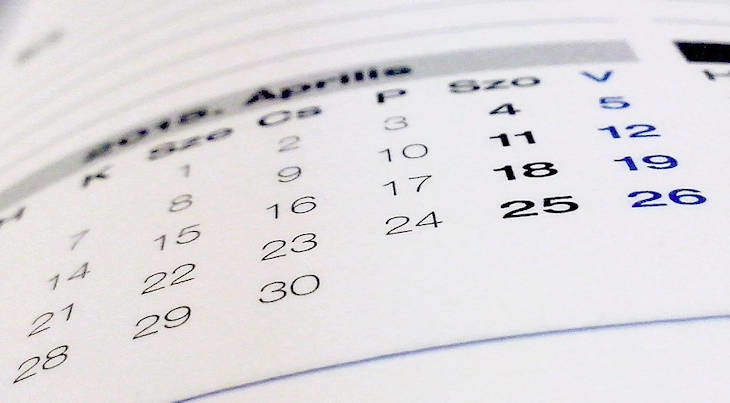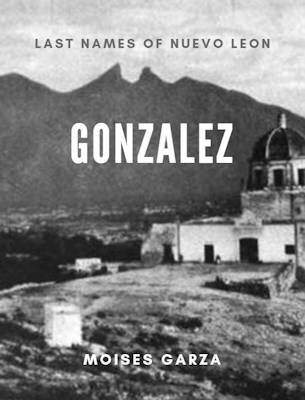In this post, you will learn about using About (circa), Between, After, and Before Dates in your genealogy research.
Using About, Between, After, and Before dates in your genealogy research is essential and it will help you in two ways.
First, it will help you narrow down the time period that you need to research for records on a particular ancestor.
Second, they will also help you spot inconsistencies in your research.
Using About, Between, After and Before Dates In Genealogy
Here is how I use these dates in my research and so can you.
About Dates
About dates are also known as Circa in older genealogy documents. Nowadays the standard is to enter them in your software as Abt followed by the date of the record you are using.
Lets say you find a baptismal record dated 5 May 1865, that does not mention how old the child was then you can use the year on the baptismal and write "Abt 1865" to indicate that the child was born about 1865 on the birth field of your software.
Between Dates
Between dates are used when you find two records placing an event such as death between two dates or years. For example a marriage record of one child may say that the parent was still alive in 1865 and then find another marriage record of a child indicating that the parent has passed away before 1869. In this case you can write "Bet 1865-1869".
After Dates
After dates are used when ever you find any record supporting an event happened afterwards. I use them in my research every time when I find a marriage investigation and have not found a marriage record for the couple. For example, if the marriage investigation happened on 5 May 1865 then I write that the marriage took place "Aft 5 May 1865".
Before Dates
Before dates are used when ever you find a document supporting that an event took place prior to the date of the record. For example, I use them when I find baptism records that don't have birth information. If the baptismal took place on 5 May 1865 then I write on the birth field "Bef 5 May 1865". The reasoning is that the birth comes before the baptism.
Narrow Down Record Research
Just form the few example that I talked about here you can already see how using these dates can help you in your research by narrowing down your research to approximate dates that other records might have had been created.
Thus instead of focusing on a time period of 20 years you can narrow it down to a few years.
Spot Inconsistencies In Your Research
By writing these types of dates I have been able to conclude that births in my tree take an average of 25 years between generations. So when I see a gap greater than that between parents and children, I take a closer look.
Tip
Make sure that after you write any of the above dates you also enter a citation, citing the record that helped you come up with the date. This will help you in the long run keep track of why you came up with that particular date.
Finally, the above examples are just some record types that I use these dates on but you can use them on any record types that you use.







